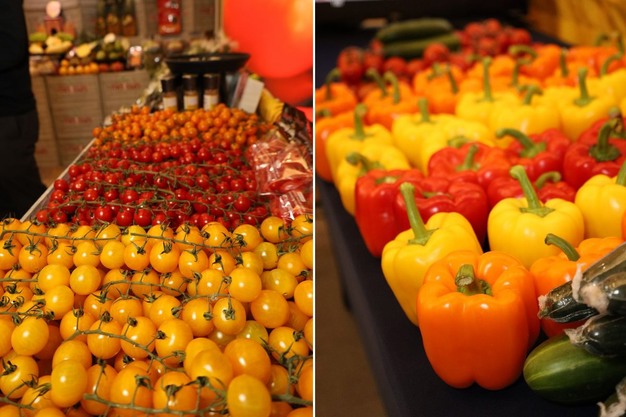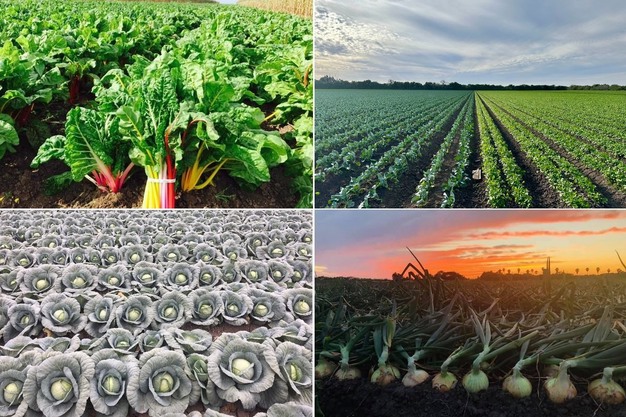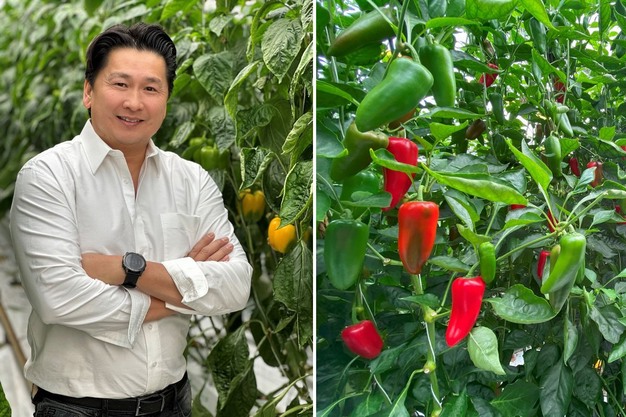To protect low-cost products from entering the United States, president-elect Trump has promised broad-based tariffs on products for all countries. At the same time, he has also made a promise to reduce inflation and bring down grocery prices. While a strategy has not yet been formed, discussions and speculations are happening. "If tariffs were to be installed, they would only make fresh produce more expensive," says Lance Jungmeyer with the Fresh Produce Association of the Americas. "It would result in low- and mid-income families not being able to eat as healthy anymore."
Food security
In addition to a price increase of fresh produce, food security would also be at risk. "We're increasingly seeing catastrophic weather events, affecting yields," commented Jungmeyer. Just recently, hurricane Helene and hurricane Milton in Florida knocked out a significant share of the state's tomatoes and peppers. "A reduced domestic supply in combination with tariffs would increase the chances of supply shortages." In addition, most produce can't be grown domestically for 52 weeks per year and foreign countries play an important role in supply during the off seasons.

USMCA-agreement
Two of these countries are Mexico and Canada. Significant investments have been made by growers in both countries to provide U.S. consumers with healthy produce. Currently, the United States-Mexico-Canada agreement is in place, enabling free trade between the three countries. This agreement comes up for renewal in 2026 and until then, not much is expected to change between the three countries. "Tariffs would be against this agreement and would significantly disrupt fresh produce trade in North America," said Dante Galeazzi with the Texas International Produce Association (TIPA). "The U.S. has a need to bring in fresh produce to support the consumption of healthy foods." Taking Texas as an example, the state grows about 60 different fruits and vegetables for the domestic market and brings in about 200 different items from Mexico. "This makes Texas a vital sourcing point for North America," Galeazzi said.
All in all, it is still early to tell what will happen. "I don't know if fruits and vegetables were on the list in the first place when the president-elect was talking about tariffs. "I would think the list will focus on manufactured goods and goods from countries with an unfair competitive advantage over the US," he commented.
 A selection of produce grown in Texas.
A selection of produce grown in Texas.
Canadian greenhouse industry
Over in Canada, Richard Lee of the Ontario Greenhouse Vegetable Growers (OGVG) is fairly optimistic as well. "I am confident that the borders between Canada and the U.S. will stay open and believe these tariffs are targeted at other countries," Lee said. "It's in both countries' best interest to keep the free trade agreement in place as the U.S. relies on us as much as we rely on them. Any change would jeopardize the relationship between the two countries."
The reliance shows in the numbers. In Ontario greenhouses, a total of 503 million kg. of cucumbers, tomatoes and peppers are grown annually and 300 trailer truckloads leave farms every day with two thirds of produce going south of the Canadian border. Altogether, 85 percent of Ontario grown cucumbers, tomatoes and peppers are exported. At the same time, Canada also heavily relies on produce coming in from the U.S. Bananas, grapes, citrus, watermelons, avocados, etc. are just a few examples of produce items Canada brings in from its southern neighbor.

Aerial view of Leamington & Lake Erie. Leamington has the largest concentration of greenhouse produce in Ontario.
Lee is optimistic and hopeful the U.S. recognizes Canada as a good trading partner to further support the North American trading block fortifying food security. "Our growers have made significant investments in their greenhouse facilities and make efforts to reduce pollution. With the Canadian government aspiring to achieve net zero emissions, a carbon tax has been installed. This year, Ontario growers together pay CAD 24 million in carbon taxes, a number that will increase to more than CAD 300 million by 2030.

Left: Richard Lee. Right: greenhouse grown bell peppers.
For more information:
Lance Jungmeyer
Fresh Produce Association of the Americas
[email protected]
Dante Galeazzi
Texas International Produce Association
[email protected]
Richard Lee
Ontario Greenhouse Vegetable Growers
[email protected]
